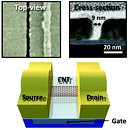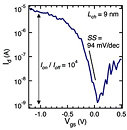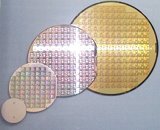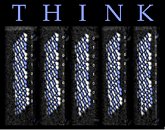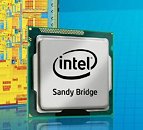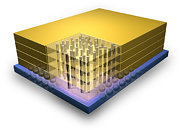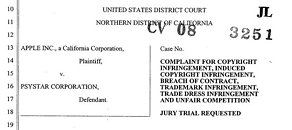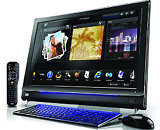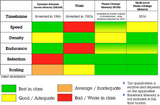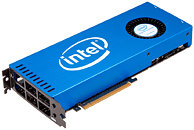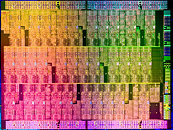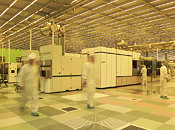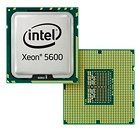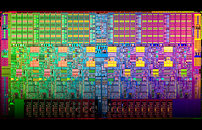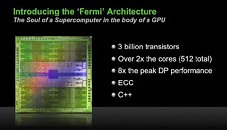
Dell Expands Award-Winning ProSupport to Cover More Brands and Countries
To help customers address the inefficiencies and lost costs of managing multiple support vendors, Dell ProSupport for Multivendor has been globally expanded beyond x86 to include support for storage, networking and UNIX products. This expansion also includes support for additional vendors for servers, desktops and laptops. By consolidating support under one service provider, customers can ensure consistent processes and reduce the resources required to manage complex services contracts from multiple vendors, ultimately simplifying IT management and reducing their IT costs.
"Our customers rely on the expertise, global network and 24x7 availability of Dell ProSupport for their Dell systems and can now experience those same benefits across their entire environment," said Doug Schmitt, vice president, Dell Services. "With the latest expansion of Dell ProSupport for Multivendor, customers around the world can rely on Dell for all of their support needs. From end-user systems to complex data centers and everything in between, customers will save time and money and receive the same award-winning support they've come to expect from Dell ProSupport."
"Our customers rely on the expertise, global network and 24x7 availability of Dell ProSupport for their Dell systems and can now experience those same benefits across their entire environment," said Doug Schmitt, vice president, Dell Services. "With the latest expansion of Dell ProSupport for Multivendor, customers around the world can rely on Dell for all of their support needs. From end-user systems to complex data centers and everything in between, customers will save time and money and receive the same award-winning support they've come to expect from Dell ProSupport."

